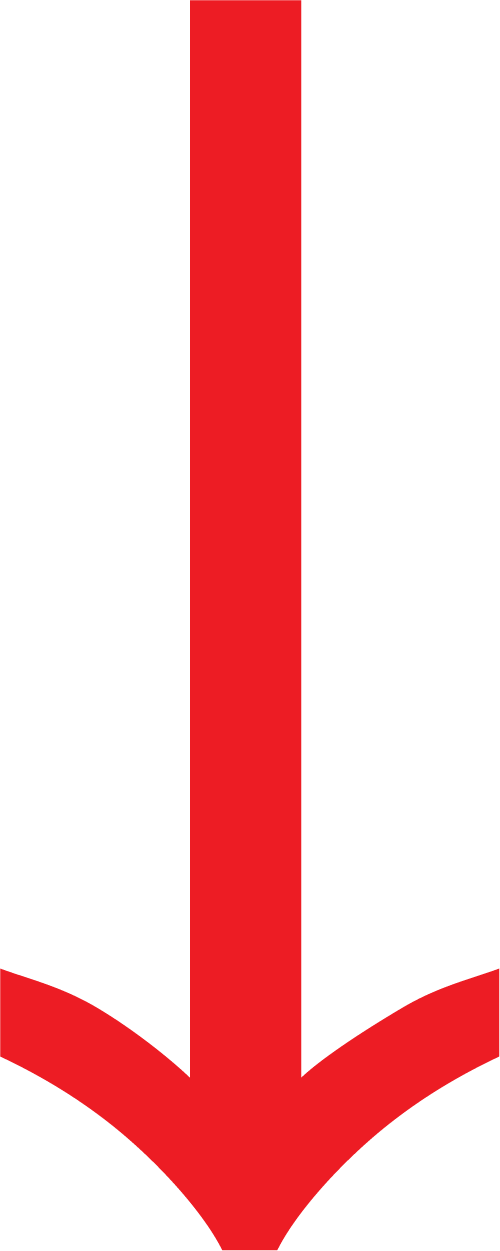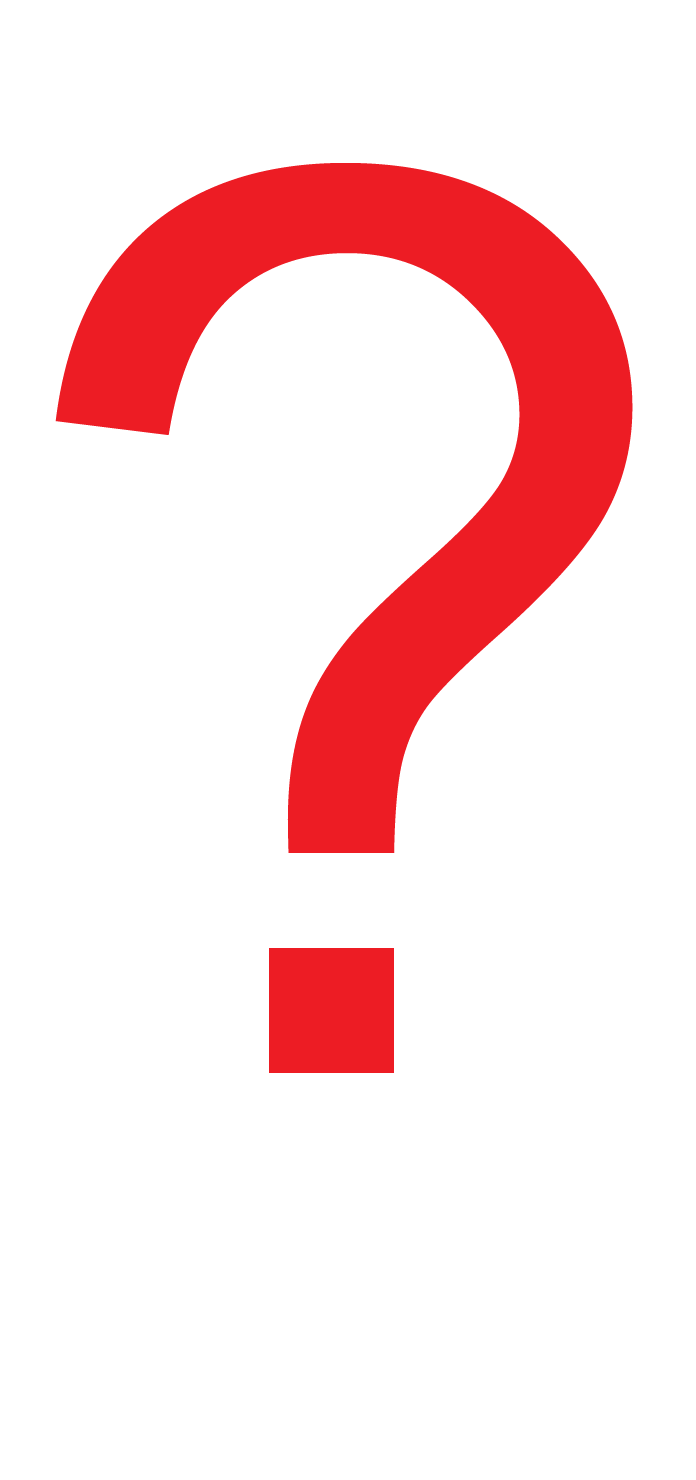FRANCES SMITH
My practice utilizes many forms of media (fashion design, illustration, photography, fiber/textile, video, and new media) to locate substance and beauty that can be found in the crosshairs of binaries, be it attaching a visual language to two poles, or attempting to bridge opposites into one. Classic or romantic, utilitarian or aesthetic, cynicism or optimism, theistic or atheistic etc. etc. etc... It is a human instinct to divide things into digestible parts. I don't mean to suggest that this division is something immoral or to be eradicated, it is merely how we quantify and understand our world. However, when we get preoccupied by the slicing of parts into parts and so on, we lose sight of the whole. What was once just a part can become an ideology or an all consuming reality, and my hope is that by poking around at these parts, the base reality from which we have deviated so far from can come into focus.
Words
Loss
Decay
The tendency to die away-
The second law of thermodynamics
Settling into dust
Nothing can be gained or added
Only loss is truly permanent
In that sense of absolute permanence
it is absolute truth.
What does the world really offer us,
or rather, what can we offer the world
that is as true and pure as the dissipation of all things?
If one hopes to defy this they will never be satisfied
Our artifacts, inventions, structures of knowledge, all constantly being undercut and swept away by the decaying winds of time.
Our vices forever manifesting and mutating into different forms
I am living for the very fleeting moments of clarity that
I cannot grasp or hold close
In this world there is nothing to own
I am in a race with time to strip
myself down to my
bitter core before I am unable
to know myself at all.
02/09/2023

"The application of this knife, the division of the world into parts and the building of this structure, is something everybody does. All the time we are aware of millions of things around us - these changing shapes, these burning hills, the sound of the engine, the feel of the throttle, each rock and weed and fence post and piece of debris beside the road - aware of these things but not really conscious of them unless there is something unusual or unless they reflect something we are predisposed to see. We could not possibly be conscious of these things and remember all of them because our mind would be so full of useless details we would be unable to think. From all this awareness we must select, and what we select and call consciousness is never the same as the awareness because the process of selection mutates it. We take a handful of sand from the endless landscape of awareness around us and call that handful of sand the world.
Once we have the handful of sand, the world of which we are conscious, a process of discrimination goes to work on it. This is the knife. We divide the sand into parts. This and that. Here and there. Black and white. Now and then. The discrimination is the division of the conscious universe into parts.
The handful of sand looks uniform at first, but the longer we look at it the more diverse we find it to be. Each grain of sand is different. No two are alike. Some are similar in one way, some are similar in another way, and we can form the sand into separate piles on the basis of this similarity and dissimilarity. Shades of color in different piles - sizes in different piles - grain shapes in different piles - subtypes of grain shapes in different piles - grades of opacity in different piles - and so on, and on, and on. You'd think the process of subdivision and classification would come to an end somewhere, but it doesn't. It just goes on and on.
Classical understanding is concerned with the piles and the basis for sorting and interrelating them. Romantic understanding is directed toward the handful of sand before the sorting begins. Both are valid ways of looking at the world although irreconcilable with each other.
What has become an urgent necessity is a way of looking at the world that does violence to neither of these two kinds of understanding and unites them into one. Such an understanding will not reject sand-sorting or contemplation of unsorted sand for its own sake. Such an understanding will instead seek to direct attention to the endless landscape from which the sand is taken. [...]
When analytic thought, the knife, is applied to experience, something is always killed in the process. That is fairly well understood, at least in the arts. Mark Twain's experience comes to mind, in which, after he had mastered the analytic knowledge needed to pilot the Mississippi River, he discovered the river had lost its beauty. Something is always killed. But what is less noticed in the arts - something is always created too. And instead of just dwelling on what is killed it's important also to see what's created and to see the process as a kind of death-birth continuity that is neither good nor bad, but just is."

What does the role of a creative director look like, what is the difference between a creative director and an art director? Is that a role that has more to do with branding/marketing/business? What about styling?
As of now, a lot of the thinking behind my work remains vague. I feel like I am somehow lacking specificity of memory to draw through-lines between my personal experience and my work. It's important to me to have a clear voice in my work. without proper grounding I feel the work can easily blow away into the wind.
Here are some attempts to clarify and distill an answer to the questions that I often ask myself. Partially through research, mostly through reflective writing, this page is a visual representation of my mental landscape as I attempt to establish structure for the coming years of my life. A lot of this writing is personal, so I've tried to emphasize only the most relevant pieces that provide context while navigating this site.
Does it serve me as an artist to have a logic based system of making? I often feel pressure to pin down and define a practice in writing, as a means to be taken seriously and hold validity as an artist. An artists practice, however, does not follow a certain logic or science that would make 1 + 1 always equal 2. Material + idea ≠ good art, invariably. Hiding behind a sort of "proven" science removes the artist a few degrees from the work. I – as many of us have – grew up being taught that science is reliable, true, honorable, respectable, etc. The modern world has a faith that science, rhetoric, logic, is true in the purest sense. This has been the source of many of my struggles on the path to becoming an artist – when I look to where I feel the most resistance or dissonance, logic is always somewhere near. It has felt natural to want to impose logic onto my artistic practice. Logic is safety. But then, if I wanted to be safe I wouldn't be here. Logic is a reaction to fear of failure, of the unknown, of death, of othering, etc. All of these things that seem imminent in the life of an artist. Logic has been my way of cushioning myself from the suffering that these potentialities imply.
But where does this leave me? Bubble-wrapped and airtight from criticism, numbed by comfortability in my impenetrable and absurd fortress of logic. Eradicating room for error, iteration, experimentation, vulnerability, curiosity, and any sort of tangential thinking or lateral movement eradicates room for growth. The absurdity of the imagined fortress manifests in the assumption that artwork can be made in a vacuum of pure logic, and if adopted, the vacuum sealing of the work somehow ensures its success outside this vacuum, in the ‘real world’. Clearly this is not the way forward. So what do we do when it comes time to write about our work? We are expected to adopt the academic language of rhetoricians to describe a process that opposes rhetoric in almost every way.
I must give credit where credit is due, and mention Robert Pirsig's Zen and the Art of Motorcycle Maintenance. His writing has helped me enormously in putting a name to the disjunction I feel, particularly his metaphor for philosophical analysis as a 'knife,' either to be swung on a pendulum or wielded with grace and expertise. I'll share a quote that you can read or ignore;
I Hate This SO Much
Do Not Read
A poem.. I'm not a poet
An Excerpt
A Bad Artist Statement
A Question
How do I write an artist statement that feels honest? Are artist statements even supposed to be honest? Is everyone actually intellectualizing their practice to the level that they describe in writing?
August talked about the writing as an exorcism of the work,
Sharon argues that it can be more simple and that the artist dictates to what degree the work is revealed in writing, also will recommend me some curatorial texts and artist statements to read